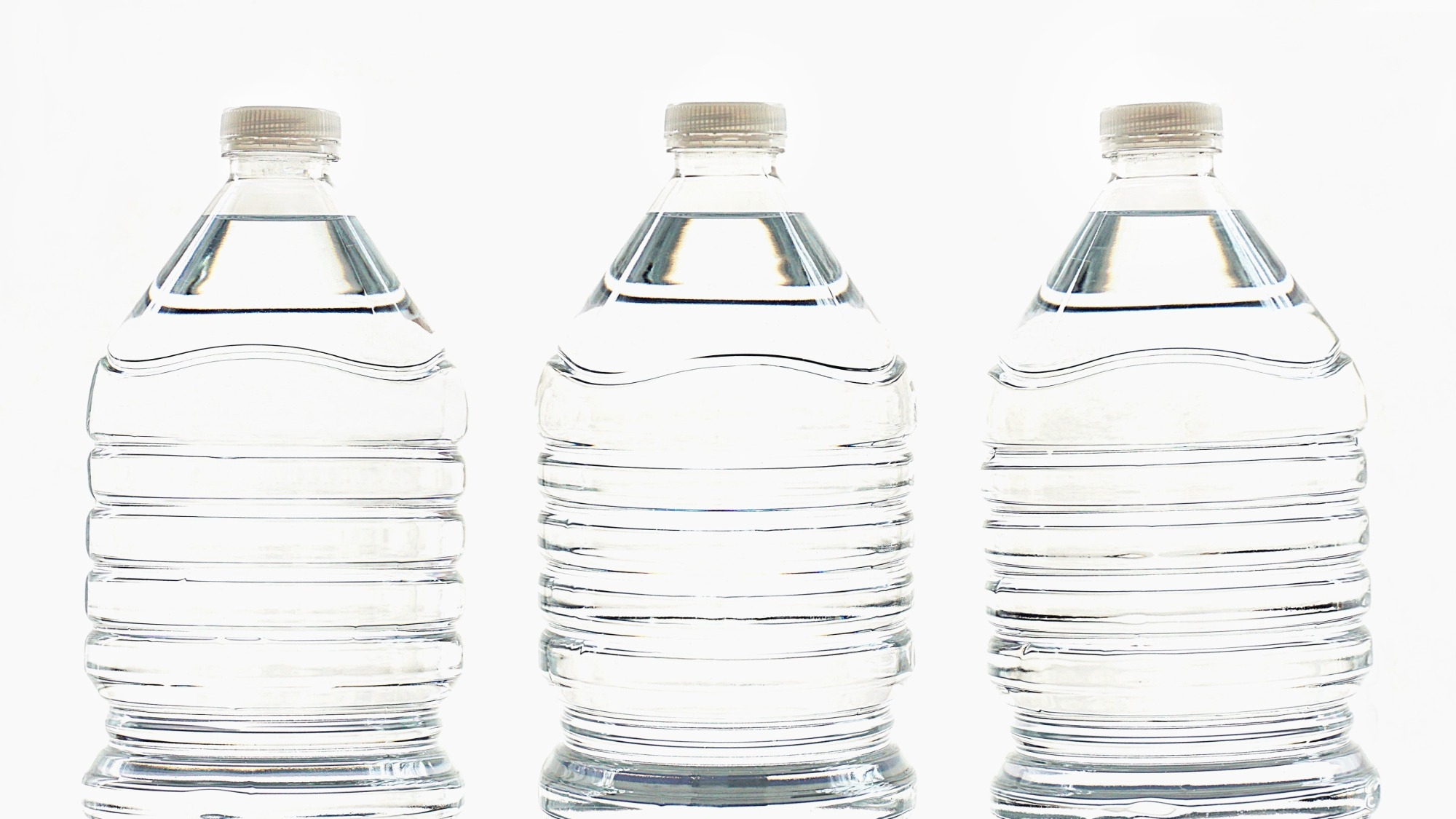

In Hawaii, every resident is estimated to generate 2.8 tons of waste annually. Practically every island in the state contains plastic litter and debris, including microplastics that may be detrimental to the growth and development of marine fish. To address this waste problem, the state has established bans on plastic bags, polystyrene foam food ware, and disposable plastic utensils in recent years. Now, they are taking it a step further.
Last month, State Representative Sean Quinlan authored a bill banning the retail sale of single-use plastic bottles—specifically, those holding less than two liters of water—and submitted it to the Hawaiʻi State Legislature. Bottled water for emergency response and public health and safety are exempt from the ban. Although the bill is expected to come with significant environmental benefits, it doesn’t come without potential challenges and drawbacks.
A plastic bottle ban can reduce plastic waste
Plastic bottles make up a large fraction of plastic waste found in the environment. According to data from the nonprofit environmental advocacy group Ocean Conservancy, plastic beverage bottles are the second most littered item in the world.
“Reducing our dependence on plastic bottles, or any throwaway container solution, would certainly be a good thing for the environment,” says Spencer J. Ingley, assistant professor of biology at the Brigham Young University – Hawaii.
The ocean is a major sink for plastic pollution. Beyond the visible impacts of plastic pollution, Ingley says the increased exposure to chemicals leached from plastics can also disrupt vital physiological functions in a wide variety of animals, including humans. By reducing the amount of waste entering the state as single-serving water bottles, there’s less plastic that must be landfilled or exported and lower potential to cause harm to marine ecosystems, adds Shelie Miller, a professor of sustainable systems at the University of Michigan.
[Related: How companies greenwash their plastic pollution.]
“As an island chain, Hawaii faces specific challenges that many states do not face,” says Miller. “With a large amount of coastline, it is easier for single-use plastic to escape into the ocean and have a direct impact on their marine ecosystem.”
Eliminating the availability of smaller water bottles potentially incentivizes the use of water fountains and reusable containers. In addition, Miller says containers holding at least two liters of water “require less plastic per volume of water due to a lower surface area-to-volume ratio,” therefore a greater amount of water can be delivered without greatly increasing the amount of plastic.
The shift to other materials may pose some challenges
Although it’s beneficial, a ban on single-use plastic bottles may lead to unintended consequences. This includes a shift to other materials that may be less recyclable or reusable, like Ingley has observed with other single-use plastics in Hawaii. For example, he says vendors offer plant-based plastic utensils, but they’re “often not recyclable and just end up in our waste stream in similar volumes as their plastic relatives.”
“The high demand for small water containers will likely result in a shift to other materials, such as aluminum, glass, or paper cartons,” Ingley adds. “These are typically heavier than plastic bottles, and would therefore result in higher shipping costs, which would either eat into business profits or lead to higher consumer costs.”
Another example of this is California’s ban on plastic carryout bags. According to a 2019 study, the ban unintentionally increased the sales of unregulated plastics like trash bags because consumers previously reused carryout bags to throw their garbage out. Eliminating those bags created a greater market demand for purchasable trash bags, which use more plastic, says Ingley. Similar unintended consequences may occur with this latest bill.
Dealing with these other materials in the waste stream is another issue. Glass and aluminum are recyclable, but their production requires a significant amount of energy, he adds.
Consumer behavior is difficult to predict
If plastic bottles were to be banned, many individuals might switch to reusable water containers. However, despite being more eco-friendly than single-use plastic, Miller says they have to be reused enough times to offset the great number of materials needed to produce them.
“If a bottled water ban creates a spike in reusable water bottles that are not sufficiently reused, there could be a greater overall environmental impact associated with the production of reusable bottles,” she adds. There might also be a shift toward non-water beverages packed in single-use plastics that aren’t covered by the ban, says Miller, since the bill explicitly mentions water and not all beverages.
[Related: The best gallon water bottles of 2023.]
There may be negative health implications if consumers just decided to shift to other drinks instead of carrying a reusable water container. A 2015 study found that a bottled water ban at the University of Vermont led to the increased consumption of less healthy bottled drinks like sugar-sweetened beverages. It didn’t reduce the number of plastic bottles entering the waste stream like the ban initially intended.
The bill just passed its Second Reading earlier this week and will have to go through more stages before becoming law. “There are lots of challenges that consumers and businesses may face if this bill is passed,” says Ingley. “That doesn’t necessarily mean that it shouldn’t pass, but there are certainly some issues that should be considered further.”
At present, you can still purchase bottled water in Hawaii. However, if you want to reduce your environmental impact as much as possible, make the switch to a reusable water container today and be sure to use it frequently.
